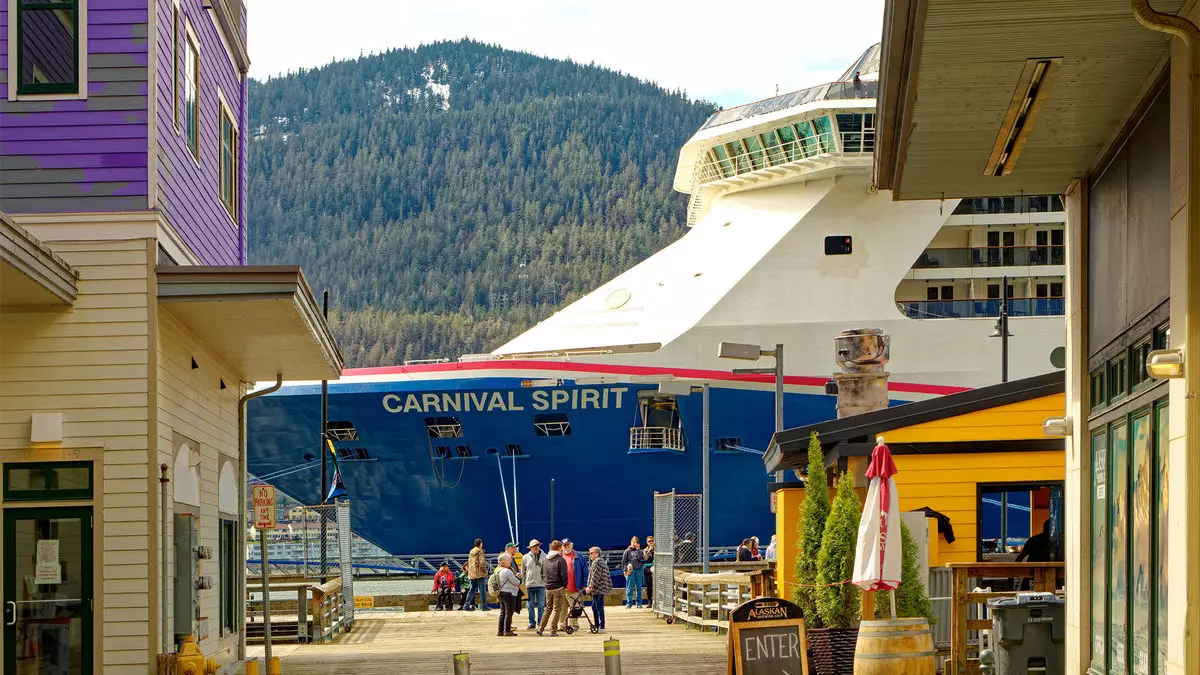Juneau, Alaska, a city renowned for its stunning landscapes and vibrant culture, has become a pivotal point for cruise tourism. Following the global slowdown caused by the pandemic, the cruise industry has rebounded dramatically, with 2023 witnessing a record influx of approximately 1.7 million visitors – a staggering 30% increase over pre-pandemic levels in 2019. This resurgence has reignited discussions about the implications of unrestricted cruise traffic on local communities, economies, and the environment.
In this evolving landscape, local citizens put forth Proposition #2, which proposed banning cruise ships carrying over 250 passengers from docking in Juneau on Saturdays and on July 4. This measure reflected a growing apprehension among residents concerning the overwhelming volume of tourists and the resulting strain on local infrastructure, public services, and the overall quality of life. The initiative gained significant traction, with supporters gathering over 2,300 signatures to place it on the ballot, showcasing a solid base of community concern.
Preliminary voting results indicated a decisive rejection of Proposition #2, with nearly 60% of voters opposing the restrictions. This outcome prompts important questions about the balance between economic benefits derived from tourism and the community’s quality of life. While many residents feel inundated by the rapid increase in cruise traffic, a significant portion of the population likely perceives the economic advantages as outweighing the potential downsides associated with larger crowds. The bustling small businesses reliant on tourism may have influenced public sentiment, as economic dependency often molds community perspectives in tourism-centric areas.
The rejection of Proposition #2 does not signify an absolute endorsement of unchecked cruise growth. In anticipation of increasing pressure from both the industry and residents, Juneau has preemptively implemented strategic caps on cruise traffic. This includes a five-ship limit effective this year and a more extensive 16,000 lower-berth cap set to commence in 2026. Such measures aim to manage the burgeoning influx of tourists while maintaining a harmonious balance between economic development and community needs.
Similarly, other Alaskan ports, like Haines, are also grappling with the complexities of cruise tourism. Haines has announced plans to introduce a passenger fee in 2025 as a means of revenue generation and to mitigate the impact of tourism, which further illustrates a widespread recognition of the necessity for sustainable tourism practices.
The decision by Juneau voters reflects a crucial moment in the ongoing dialogue about tourism management in Alaskan communities. As the local government and residents grapple with the influx of cruise visitors, the focus will inevitably shift towards finding sustainable solutions that cater to both economic aspirations and community welfare. Determining the right balance is essential not only for the preservation of local culture and environment but also for the sustained growth of the tourism sector that is so vital to Alaska’s economy. As Juneau moves forward, engaging in a cooperative dialogue among stakeholders will be vital in shaping a future that promotes responsible tourism, benefiting residents and visitors alike.

